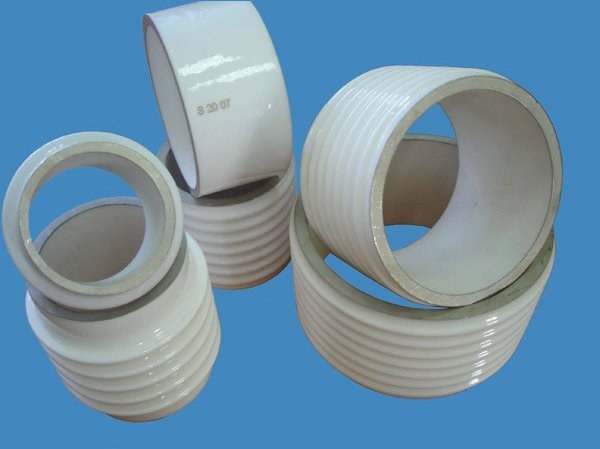Dielectrics or insulators are materials that do not conduct electricity and a separate one conductor from another. Both of these concepts belong to the same class of materials, but have different origins and are used in different contexts.
The term "dielectric" is often used in physics to refer to a material that does not conduct electricity. Isolation is a means to isolate something from the rest of the environment. Insulators in the art as are the insulators.
The plastic covering on the electrical cord is an insulator. Glass or ceramic plates used to support power lines and protect them from short-circuit to earth, are also insulators. Quite a lot of non-metallic substances, which are applied in various devices belong to the insulators.
The difference between the metal and the dielectric is that the first are free charge carriers. When exposed to electromagnetic fields these carriers, or electrons, start to move and thereby transmit energy. The dielectrics no free electrons. Moreover, such substances often there is a lack of free particles, which makes them ideal insulators.
One of the most important properties of dielectrics refers to dielectric constant. For natural materials it is different and can vary from one, Yes one hundred thousand Farad per meter. The greater the permittivity, the greater the current can isolate the dielectric. Recently, for the production of insulators began to use new types of materials that have a dielectric constant of tens to hundreds of times greater than natural materials.
Isotropic dielectrics are substances, the permeability of which does not depend on the thickness of the layer of material or the direction of electrical current flow. Insulation will be exactly the same to protect from electric shock in various thickness from millimeter to meters. Low dielectric constant makes this material suitable for protection from large currents of voltages. However, if the current passing through the conductor is relatively small, then the isolation can be done from such material.
The advantages of isotropic dielectric are their cheapness and simplicity in manufacture. Also, these materials are very light and therefore are often used for insulation in the home at the maximum voltage of 360 Volts.
What is the isotropic dielectric
The dielectric has a very large number of substances, which is very common in everyday life. It is important to know their General properties and application in order to comply with safety standards.
